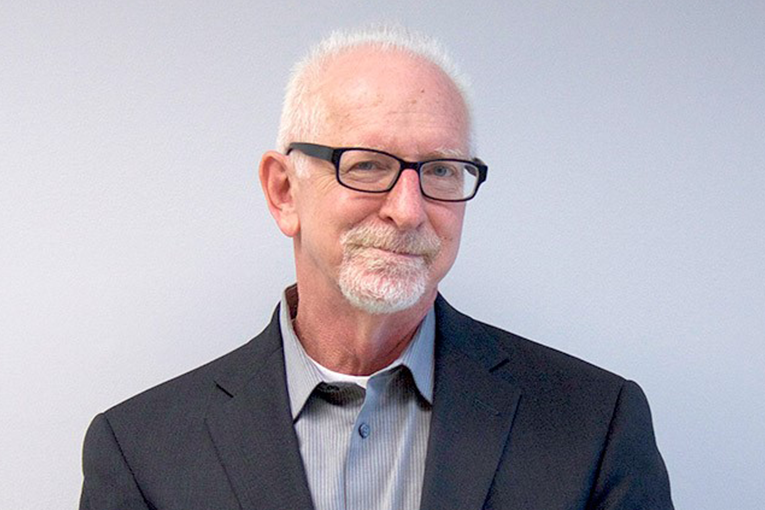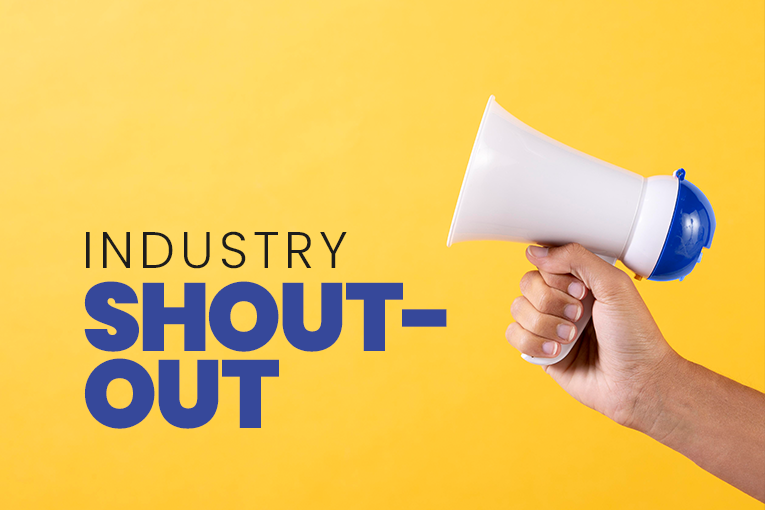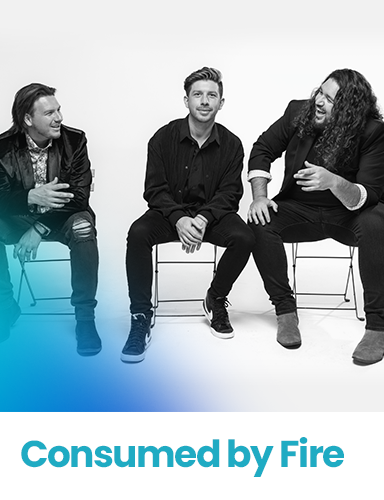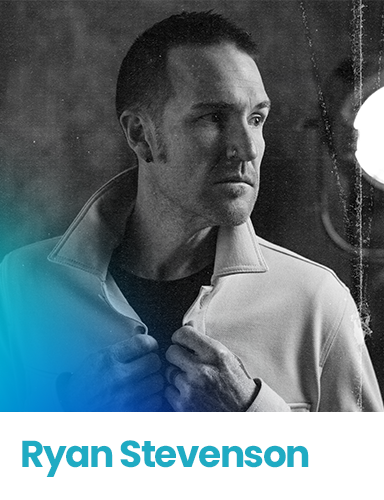
The Marketing Tool That Nearly Every Radio Program Director Ignores
Do I have your attention? Does today’s blog headline make you wonder what part of the radio marketing strategy you may be missing?
So, let’s dispense with the FOMO and get right to the opportunity:
Dashboard metadata is a lost opportunity for at least 90% of radio stations with the capability of using it as highly visible, personal billboards that offer real-time messages for both drivers and passengers in radio’s top listening location.
There it is. Read it again and let it sink in. While most PDs are sweating the 3-minute policy, music scheduling rules, and other quarter-hour maintenance habits, it’s a big opportunity to speak to core listeners in a target-rich environment, while you have their attention before it slips away. That’s because dashboard text and thumbnail graphics are typically static for minutes at a time.
Without question, this is a tech platform programmers and ops managers ignore at their own peril. Sadly, attrition among the radio programmer ranks is already taking its toll on this golden opportunity to create more listening occasions—without spending a dime on outside marketing, promotions, or contesting. Most PDs are too busy to pay attention to what their stations are displaying on those increasingly larger screens strategically placed front and center in most car and truck dashboards.
Before I get into just why dashboard metadata is more powerful than roadside billboards and probably right up there with push notifications on mobile devices, let’s take a quick look at where we’ve been and where we’re headed in this micro-marketing area.
The first sign that something is going on in the way Quu has revolutionized this space in just a few short years. Let me first congratulate my friend, Steve Newberry, for letting us know how to reach him through 2028. In case you missed it, Steve—the CEO of Quu Interactive—just re-upped his deal with the company, and will be running point for Quu for the foreseeable future.
Steve’s not just a fine CEO, he’s a thought leader, evident from his run at NAB and now with Quu. He’s also been a station owner since he bought his first radio property at the ripe young age of 21. The way Steve sees it, Quu isn’t just an opportunity for radio stations to make more money (not that there’s anything wrong with that), it’s a direct avenue for broadcasters to maintain their rightful pole position on car dashboards—still the #1 listening destination.
But as we know, listening options in the car have grown exponentially in recent years, including streaming audio, podcasts, satellite radio, talking books, and anything we can access on their phones. So, when they’re actually listening to an AM or FM station while on four wheels, we’d better message them effectively. Enter: metadata, “radio’s new best friend” (with apologies to Mr. Vuolo). Where else are you going to get a call to action while listeners are driving all over the local market?
To ensure Quu doesn’t simply become a commodity like so many other tech products, the company has regularly invested in research and development. This includes the 2025 edition of the “Quu Visuals Report” that tracks how the most popular vehicles are equipped across a wide spectrum of technology. You can access it here.
Also this year, Quu commissioned a study to test the impact of metadata visuals on sales.“Quu VN” makes a strong case for why Quu’s content partnerships with advertisers is a unique and effective way for them to market their products and services. The bottom line is that this technology can make serious money for radio at a moment in time when every station should be developing strong digital marketing strategies. You can access it here.
But there’s more to dashboard metadata than just generating more revenue. As a programmer, I have long felt that Quu’s “killer app” is in driving tune-in and more engagement from drivers and passengers. And I’ve got my own data to back it up.
One of the biggest findings from this year’s Techsurvey 2025 was the realization how closely so many core radio listeners are paying attention to what their favorite stations are messaging with their dashboard metadata. This data point isn’t just persuasive—it’s recognition that in-car attention is being paid to what is displayed on dashboards. And as screens have only gotten bigger, brighter, and more vibrant, the opportunity to send direct messages to in-car occupants has never been better.

Finally, there’s the wizened voice of the “outside expert”—in this case, connected car maven Roger Lanctot who thinks and obsesses about this technology more than anyone I’ve met during these past couple decades of Jacobs Media’s immersion in this fast-changing space so critically important to radio. In a new Linked-In article, “Chevy Equinox EV: I Want My HD Radio!”
Roger questions the logic of General Motors for leaving HD Radio out of their new vehicles this model year. We have, too. They are swimming upstream at a time when car manufacturers—OEMs—ought be doing everything they can to make it easier to sell or lease new cars and trucks.
(Of course, had Roger read Quu’s “2025 Visuals Report,” he would have known about Chevy’s wrong-headed omission before driving that Equinox out of the showroom.)
But another part of Roger’s story goes right to the heart of what drivers reap from their dashboard “message centers” when their vehicles are HD Radio equipped. The ability to deliver topical, relevant messaging covering a gamut of information is available to radio programmers—IF they take the opportunity to make use of it.
We’ve been asking about desired dashboard metadata info to help PDs better understand what is most salient to their listeners. Here’s the pecking order:

Similar to push notifications on mobile devices, the content menu for dashboard metadata can be expansive. Of course, much depends on the radio brand itself—the quality of its programming, its shows, its personalities, and its coverage of the community. The more brand depth, the more options PDs have to get their messages across in the dash.
In an unusual twist, this is one of those few areas where sales is ahead of programming for a change, thanks in no small part to Quu’s efforts to help broadcasters generate revenue. Their emphasis over the past couple of years has been to forge partnerships between stations and advertisers. And the collaboration has worked.
But as we finish out another challenging year for radio, I’m hoping programming execs take the opportunity over the holiday season to learn the metadata ropes and to start implementing metadata marketing that support their own-air efforts. Whether it’s weather emergency information (like the graphic up top from KGOU, Oklahoma City’s NPR News Station), the name of the guest being interviewed on the morning show, a contest tease, or myriad other info, this is an untapped resource for many stations that could be reaping the benefits of this technology.
And unlike so many content platforms, the live, real-time quality of broadcast radio is especially conducive to an active dashboard message. As Roger notes in his LinkedIn article, preset buttons and knobs have been phased out in favor of screens:
“Finding your broadcast radio source is no longer a tactile experience. It’s visual.”

The opportunity for programmers to engage their in-car audience has never been better. But in order for radio to reassert its dominance in the car, stations are going to have to do more than program high-testing songs and running benchmark bits.
As media philosopher Marshall McLuhan correctly asserted way back in the 1960s, “the medium is the message.”
So, let’s embrace this new medium and its messaging capabilities.






















































































































